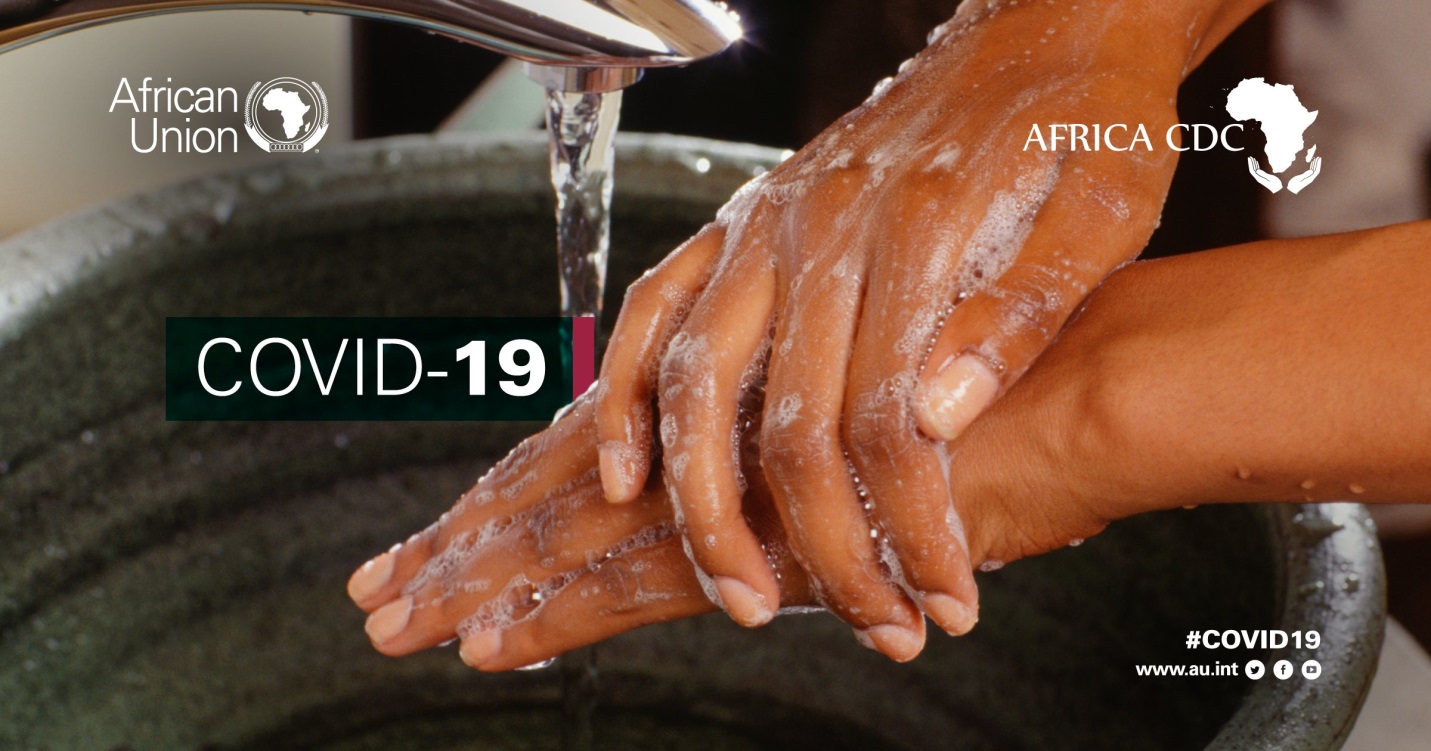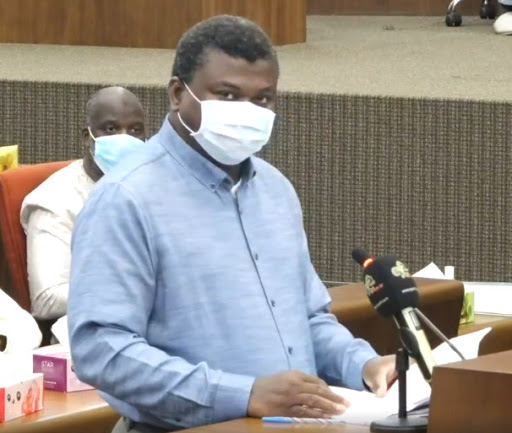By Buba Ceesay & Suwadou Saidy (Public Health student) UTG
COVID-19 is the infectious disease caused by the most recently discovered coronavirus. This new virus and disease were unknown before the outbreak began in Wuhan, China, in December 2019. COVID-19 is now a pandemic affecting many countries globally.
As of 11th May 2020, more than 4.14 million cases of COVID-19 have been reported in over 187 countries and territories, resulting in more than 284,000 deaths. More than 1.42 million people have recovered. As of 12th May 2020, 22 confirm cases of COVID-19 have been reported in the Gambia, resulting in 1 death, 10 people have recovered and 11 more and still receiving treatment.
All age groups are at risk of infection with the most vulnerable to the severity of the infection being people above age 60 and people with underlying health conditions e.g. diabetes, hypertension, asthma etc (WHO, 2020).
NCDs are recognized as the world’s biggest killer and cause of disability, constituting a global health crisis that requires an urgent policy response.
NCDs are responsible for 71% of deaths globally, which represents over 41 million people killed by them every year. 15 million of these people are under the age of 70, including 8.5 million people in low and middle income countries (Instituto Superiore di Sanita, COVID-19 surveillance group, March 2020). In the Gambia, a total of 16,000 deaths occur of which 5,300 deaths are due to NCDs, 2,800 male and 2,500 female (WHO, 2016).
Evidence from science, healthcare professionals, and government guidelines on self-isolation from the COVID-19 pandemic shows many intersections between COVID-19 and NCDs. People who are over 60 years of age and people living with non-communicable diseases and conditions including hypertension and obesity, have a substantially higher risk of becoming severely ill or dying from the virus (NCD Alliance, April, 2020).
A study of COVID-19 fatalities in Italy found that 98.8% of deceased patients had at least one comorbidity, and 48.6% had at least three comorbidities. The most common comorbidities are highlighted as hypertension being the most prevalent (73.8%), diabetes (33.9%), chronic renal failure (20.2%), chronic obstructive pulmonary diseases (13.7%), stroke (11.2%) and chronic liver failure (3.7%) (Instituto Superiore di Sanita, COVID-19 surveillance group, March 2020).
In a report on 191 hospitalized patients in Wuhan, 48% of patients had at least one comorbidity, with hypertension being the most common (30%), followed by diabetes (19%) and coronary heart disease (8%). The same study shows that people with coronavirus infection, cardiovascular disease, hypertension and diabetes are twice as likely to die as other patients.
According to Global Heart, “Some small studies have shown that patients with cardiovascular disease are at a higher risk of complications, such as myocarditis and myocardial infarction (World Heart Federation).
Chronic respiratory diseases, or CRDs, are diseases of the airways and other parts of the lung. They include chronic obstructive pulmonary disease (COPD), asthma, occupational lung diseases, and others. CRDs are not curable, but there are different treatments that help control symptoms. However, people with CRDs are advised to take extra care in the current context of the coronavirus pandemic.
If you have a CRD and you get infected with COVID-19, you are more likely to have severe or even life-threatening symptoms, as the virus affects the lungs and breathing (the union forum of international respiratory societies)
A cross-sectional analysis of all patients with laboratory-confirmed COVID-19 treated at an academic health system in New York City between 1 March 2020 and 1 April 2020 investigated factors associated with hospitalization and critical illness. It found that 71.9% of hospitalized patients had at least one chronic disease. The study found “particularly strong associations of older age, obesity, heart failure and chronic kidney disease with hospitalization risk. (NCD Alliance, April, 2020).
As is common during global health crises, the most vulnerable and poorest groups will be hit the hardest and inequalities will be exacerbated. Although both COVID-19 and NCDs are indiscriminate killers, there are serious concerns that the impact of COVID-19 will be even more extreme in low and middle income countries, with The Gambia being no exception, given the already under-resourced health systems and the existence of many other health challenges. The toll of COVID-19 is only now beginning to unfold in these countries, for example The Gambia, which are caught in the crosshairs of the two pandemics.
With these two never ending soon pandemics that we found ourselves in and learning from the toll it has and continue to take on the so called advanced countries, it will be foolish for us to sit back and downplay or have the false hope like Donald Trump did with American lives that this COVID-19 is going anytime soon. Be that as it may, there is urgent need to put in place policies and strategies to protect the most vulnerable population of ours i.e. people living with non-communicable diseases.
International organizations like WHO have developed guidelines that could be very much tailored down to our situation. Although it’s a bitter pill to swallow but it’s evident that we did not give much priority to NCDs even before the advent of COVID-19, however that need to change and need to change now to safeguard our most vulnerable population and ensure that they are in a clean bill of health.
This period provide us with the opportunity to change course for our entire health system on a sustainable basis. Some of the recommended measures that can be adopted by governments, civil societies and communities to protect people living with NCDs in light of COVID-19 are highlighted below;
• Leadership: government and MOH need to prioritize health and integrate NCD prevention and control into strengthening health and economic security.
• Community engagement: Involving civil society and people most affected and at risk is fundamental to effective health responses.
• Accountability: The emergency pandemic response has illuminated the need for robust data, monitoring, surveillance and transparency, including the causal relationship with pre-existing health conditions and risk factors.
• Care: The COVID-19 pandemic brings home the urgency and self-interest to all governments of delivering on the commitment to Universal Health Coverage.
• Investment in health: This must be an ongoing priority for governments to build stronger, resilient health systems that can better respond to health emergencies while continuing to provide essential health services to people living with NCDs and other underlying conditions.
• Tips for people living with or affected by NCDs in light of COVID-19:
1. Continue to take your medication and follow medical advice
2. Secure a one month supply of your medication or longer if possible
3. Keep a safe distance of at least two meters from people with a cough, cold or flu
4. Wash your hands often with soap and running water
5. Quit smoking and avoid using coping strategies involving alcohol or drugs
6. Safeguard your mental health
In conclusion, coronavirus disease is real and it’s very much present in the Gambia. It has kill and continue to kill thousands of people globally. Let’s listen to the advice of health experts who are burning candles at both ends to ensure everyone is safe and turn a deaf ear to people who are spreading false information and making headlines in relation to COVID-19.
Let’s stay safe and practice basic measures like hand hygiene, safe distancing and adopt good cough etiquette in other to stop the spread of COVID-19 and ensure that everyone gets back to the salt mines and call the toll free number 1025 if anyone present respiratory symptoms.




